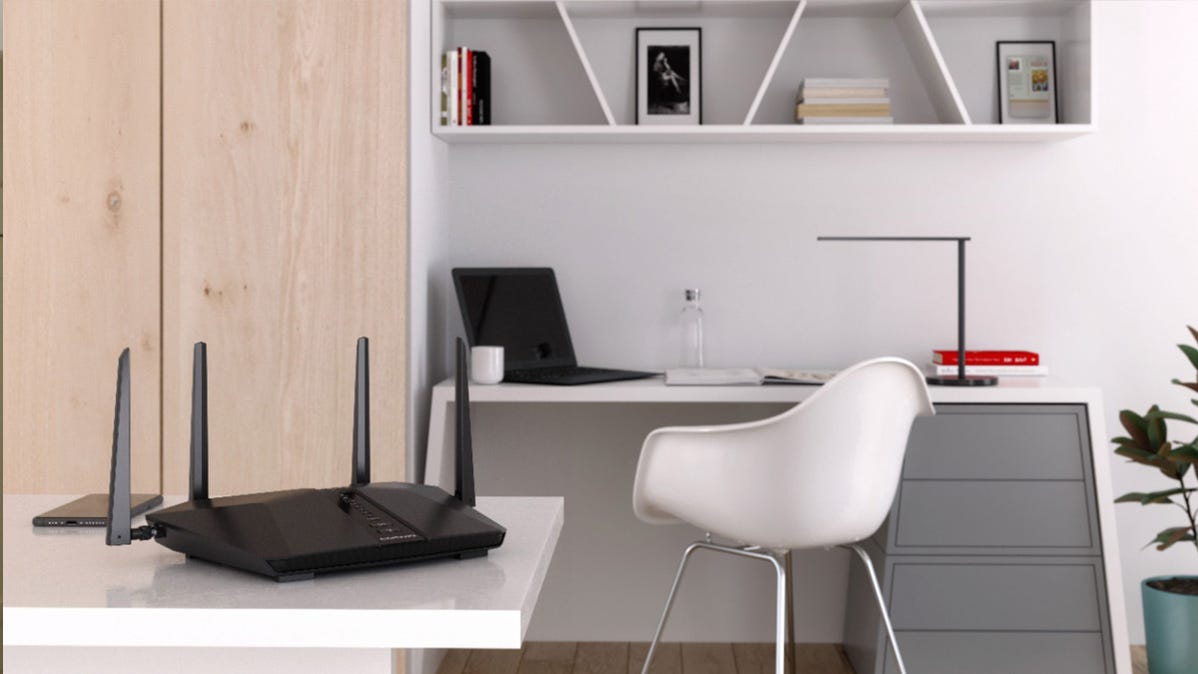
Guest networks are a great Wi-Fi router feature, but if you’re using a guest network in your home, be sure you’re using it safely and effectively. Here’s what you need to know.
Settings Vary, So Read Your Manual
We can’t possibly cover every variation of settings and the presence of said settings (or lack thereof) on a particular router, but we can go over settings and concepts you should be aware of.
Whether you access your router interface through a smartphone app or using a web browser on your PC, be sure to look up your particular router model and review what settings and options are available, as well as what terms your router’s manufacturer uses for the concepts outlined below.
And should you find that your particular router doesn’t support some or all of the options, it might be time to upgrade. Routers don’t last forever, and when they want for features or security updates, it’s OK to get rid of them.
Use Up-to-Date Encryption
Your guest network is still part of your network, and you should use the best encryption scheme your router supports. There’s no reason to run WPA if your router supports WPA2 or WPA3.
Running an open guest network might make it easy for your guests to connect easily, but it also means everyone else can easily connect. Unless you want the kid next door running his torrent empire through your connection, lock it up.
Set a Strong Password (And Change It Frequently)
Like anything else security related in your home, you should use a strong password for your guest network. Further, you should change it more frequently than you change your main Wi-Fi password.
The majority of the time, when a guest wants access to your Wi-Fi network, it’s for their smartphone. You can make it easy to use a strong password while simultaneously not creating a hassle for your guests by using a QR tool, like QiFi, to turn your SSID and password into a handy QR code your guests can scan.
You can either print it off and stick it to the fridge or inside a kitchen cabinet or simply save it on your phone to show them when they need it. Some Wi-Fi platforms like eero even support native QR code creation right from the control app, which is pretty neat.
Ensure Network Isolation Is Enabled
Encrypted and secured with a good password, make sure network isolation is enabled. By default, it should be. In fact, on some routers, you won’t even be given the option to turn it off because they want your guest network creation experience to be foolproof.
But you should always double-check that it is enabled. Look for any settings with terms like “access point isolation,” “restrict access to local area network,” “access intranet,” or variations of those things that use acronyms like AP or LAN.
Do ensure that when you are toggling such settings you are only toggling them for the guest network. Access point isolation is a great feature for a guest network because it ensures each guest is effectively siloed into a single connection, but if you apply access point isolation to your entire network (regular SSID included), it will stop all wireless clients from communicating with each other which is a huge headache and will break the functionality of many network and smart home devices.
Ultimately, however, the fundamental purpose of a guest network is to separate the network activity of guests from the main network. If your guest network is configured to allow access to the local intranet/LAN, then you’re missing out on the best feature.
Take Advantage of Parental Controls
While most people probably don’t care to monitor what their guests are looking at or block adult material, that doesn’t mean parental controls and related restrictions aren’t still useful for guest networks.
Many controls allow you to restrict access to things like peer-to-peer (P2P) protocols. So if you’d like to avoid finding out after the fact that your nephew is the Warez King of New Jersey courtesy of a legal notice from your ISP, restricting your guest network is a good idea.
Turn on Quality of Service (QoS) Rules
If you have a fiber connection with no data cap, this particular settings category may be meaningless to you.
But if you have a slower connection, a far-too-small data cap, or otherwise want to keep your guests from hogging network resources, enabling Quality of Service (QoS) rules for your guest network (or simply limiting the available bandwidth) is a wise move.
Once you’ve reviewed your router settings, for QoS or otherwise, be sure to grab a smartphone or laptop to actually test that they’re in effect. Try pinging devices on your local LAN while logged into the guest network, run speed tests to try out the QoS, and otherwise ensure that how you think your guest network is configured is how your guest network actually is configured.
The Best Wi-Fi Routers of 2022
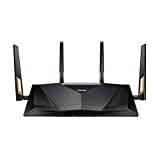
Best Wi-Fi Router Overall
Asus AX6000 (RT-AX88U)
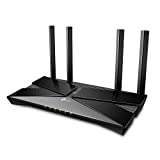
Best Budget Router
TP-Link Archer AX3000 (AX50)
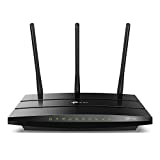
Best Cheap Router
TP-Link Archer A8
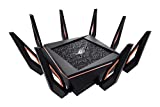
Best Gaming Router
Asus GT-AX11000 Tri-Band Router
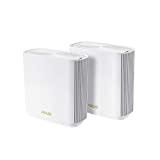
Best Mesh Wi-Fi Router
ASUS ZenWiFi AX6600 (XT8) (2 Pack)
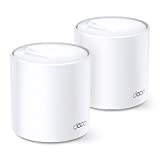
Best Budget Mesh Router
TP-Link Deco X20
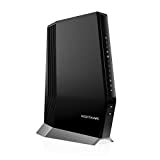
Best Modem Router Combo
NETGEAR Nighthawk CAX80
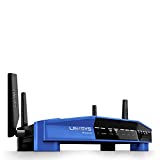
Best VPN Router
Linksys WRT3200ACM
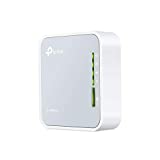
Beat Travel Router
TP-Link AC750
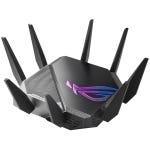
Best Wi-Fi 6E Router
